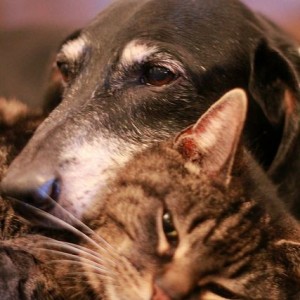The question is not if we are going to die, but how we are going to die.
Encouraging healthcare providers to ask about and document end of life wishes is at an all time high, yet we are still not offering the training or support to talk about the most critical aspects – expected disease progression the natural process of dying. If we can’t talk about it, how do our patients prepare for it? If they are not prepared for it and understand the options for care, and how can we say they are making informed decisions?
When facing the end of life, people are naturally scared. When decisions are based on this fear, or on lack of information or misinformation, it can result in devastating physical, emotional and financial consequences for the patient and family alike. To avoid this, we must do a better job in providing education about the dying process with honesty, compassion and simplicity.
If we as healthcare providers do not explain the natural course of the disease and the dying process, if we do not tell them how to respond to the expected changes to assure comfort and prepare for closure, if we do not alert the patient and family that death is approaching, we are doing a disservice through omission. Grief of loss is hard enough, and can be worsened when there has been no preparation or forewarning.
The following unfortunate experience still happens too frequently:
It was bad enough that Gary was feeling the pain of only just understanding that his beloved wife was imminently dying of cancer. His pain was further exacerbated by learning too late that his best intentions of pushing food only created more discomfort and conflict for the love of his life. “If I had only known,” was his lament, one that is too often shared by patient and family alike.
Due to the wisdom of the body as it prepares to shut down, many natural processes kick in to promote comfort. When families understand their loved one is dying, when they understand the wisdom of the body as it shuts down, they are more likely to make decisions that honor the process of dying in addition to avoiding residual fear, anger and guilt.

For those patients with co-morbidities, it may also mean choosing how they want to die. Knowing the expected disease progression and dying process for each disease is essential for informed decision-making. When advancing dementia is evident, how long do you continue dialysis? If your patient with newly diagnosed pancreatic cancer is also experiencing increasing congestive heart failure, what is the benefit and burden of treatment and impact of their quality of life? What about treating a third bout of penumonia in a year to a nursing home resident with Alzheimer’s disease, who is bedbound and also has kidney disease? In any of these scenarios, which cause of death is easier or preferred for that person, based on their values? Each family needs the chance to understand and to decide.

We must all face the fact that ultimately, dying is not an option. We cannot avoid it by not talking about it. How we talk about, prepare for and honor the dying process is our responsibility.
To learn more about the physical and psychosocial changes related to the end of life journey and dying process, visit this resource page for my book and DVD’s – http://pathwayseol.com/videos-books









